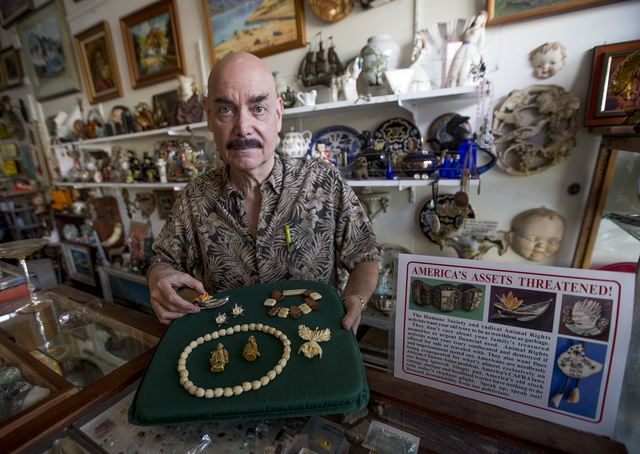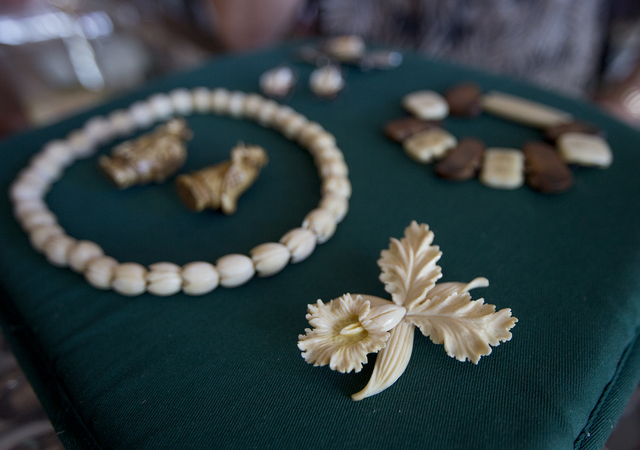Lawmakers are considering two bills aimed at ending wildlife trafficking, but opponents worry they instead target another group — those with antiques and collectibles. ADVERTISING Lawmakers are considering two bills aimed at ending wildlife trafficking, but opponents worry they instead
Lawmakers are considering two bills aimed at ending wildlife trafficking, but opponents worry they instead target another group — those with antiques and collectibles.
House Bill 2502 and Senate Bill 2647, introduced by Oahu Democrats Rep. Ryan Yamane and Sen. Mike Gabbard, would prohibit selling, purchasing or trading any part of endangered animal species including elephants, rhinoceros, walrus, monk seals and sea turtles. Violators would face misdemeanor charges, hefty fines and time behind bars.
Both measures include exceptions in certain situations, such as if an animal is part of an antique, firearm or knife. But there are requirements to meet those exemptions. For example, an antique must have historical documentation showing it is at least 100 years old, and it must contain less than 20 percent volume of the animal species.
Proponents say the market for parts of endangered animals is growing. Last year, several people in Honolulu were indicted for illegal ivory smuggling, and Hawaii has been touted as one of the top markets in the country for ivory trade.
The bills aim to stop the practice by aligning state law with federal and international regulations. In September, the United States and China — the largest international ivory markets in the world — enacted near complete bans on the import and export of ivory.
Proponents say exemptions are designed so those with antiques are not targeted.
“I wanted to make very clear, if you’re an individual holding these items, you’re not targeted,” Yamane said. “The goal wasn’t to go after something from grandmother passed to you, the concern was … to go after these more recent ivory, tusk and bone trades.”
David Schofield, a Honolulu-based regional marine mammal response coordinator for the National Oceanic and Atmospheric Administration, said a 100-year age cap ensures relics are old enough.
“It’s very difficult to tell whether a bone is five to 10 years old or 100 years old,” he said. ” … So in order to protect the current trafficking of marine mammal parts, they have to cast a wide net.”




